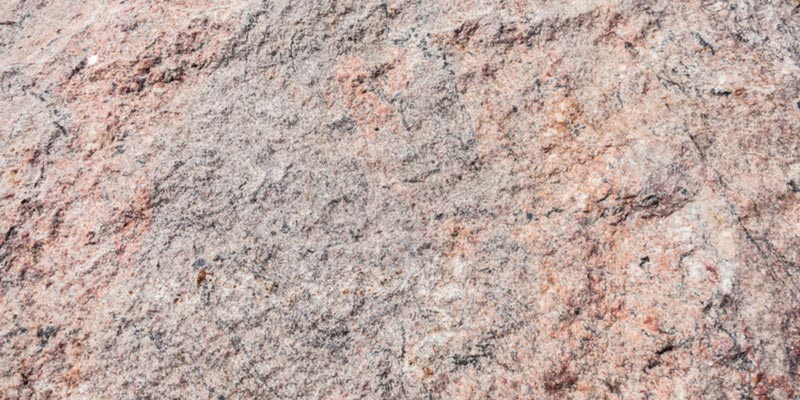What Process Can Turn Granite

Granite countertops stand up well to heavy use.
What process can turn granite. What geologic process can change granite igneous rock into gneiss metamorphic rock. Food and liquids left to sit too long can. What process can turn metamorphic rock into magma. The grain size is coarse enough to allow recognition of the major minerals.
With the slow release of heat and fluids from that basalt a large amount of continental crust could turn to granite at the same time. Sedimentary you answered correctly. The black grains can be biotite or hornblende. The migmatites of some precambrian metamorphic terrains may be the result of this process.
It is about two inches across. Granite found on the surface of the planet is subjected to different weathering agents. Wind water and ice can cause the breakdown of granite into tiny particles known as sediment. However granite is porous.
Migmatite also can form near large intrusions of granite when some of the magma is injected into the neighbouring metamorphic rocks. Many cases of granite discolorations are simple stains that are easy to remove. Melting you answered correctly. Over time granite has been pushed to the earth where weathering has worn it down into sediment.
What process can turn sedimentary rock into metaphoric rock. Marble is formed from limestone when the limestone is affected by heat and high pressure during a process known as metamorphism. What process makes this happen. Which of the following is not one of the three major classes of rock.
Start by determining the source of the stain. Granites can be predominantly white pink or gray in color depending on their mineralogy the word granite comes from the latin granum a grain in reference to the coarse grained structure of such a completely crystalline rock. Granite ˈ ɡ r æ n ɪ t is a common type of felsic intrusive igneous rock that is granular and phaneritic in texture. Compacting and cementing b.
Strictly speaking granite is an. The granite sediments are then carried by the same agents to other places usually the bottom of water bodies. The porous granite soaks colors and dyes often resulting in stains after lots of use or exposure to some fluids or objects such as oil based cosmetics food colored drinks and metal objects. During metamorphism the calcite limestone recrystallizes forming the interlocking calcite crystals that make up the marble.
With normal use and proper care they re impervious to heat and staining. The pink grains are orthoclase feldspar and the clear to smoky grains are quartz or muscovite. It is thought that large amounts of basaltic magma can be plastered to the bottom of a continent in a process called underplating. This article was most recently revised and updated by richard pallardy research editor.


















